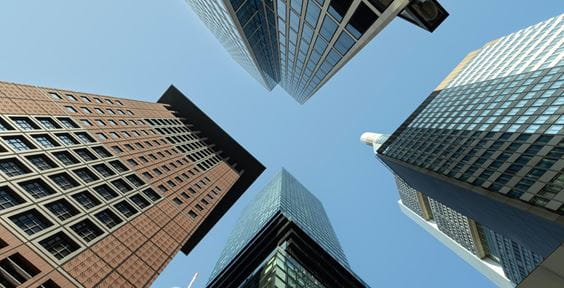Biodiversity | ~ 4 min read
Green: the new black?

Ever-changing trends in clothing and other consumer textiles have a heavy cost in terms of CO2 emissions and resource usage. How can the textile industry be more sustainable?
Textile production consumes enough water to meet the basic needs of 5 million people,1 and is responsible for 10% of global CO2 emissions, yet close to 90% of clothes end up in landfill2 as highlighted in our fast fashion blog post.
Cutting waste and use of natural resources in favour of recycling and repurposing could lower the industry’s significant impact on climate and water, creating a much more resilient industry. Introducing so-called circular operating models might also mitigate supply chain weaknesses that have affected traditional business models.
Circularity also provides for new industry opportunities beyond recycling. It involves rethinking durability and extending product lifecycles, as well as embedding the reuse of materials and new approaches to rental and repair. Transitioning to circular business models would reduce dyeing and finishing processes in textile production, which alone contribute 3% of global CO2 emissions and over 20% of water pollution.3
Supportive regulation
We have seen many regulatory initiatives, particularly in recent years, aiming to shift the industry towards sustainable transformation. These include the 2020 EU Circular Economy Action Plan, the 2022 EU Strategy for Sustainable and Circular Textiles and the proposed Ecodesign for Sustainable Products Regulation, all of which address extending the lifespan of textile products. The proposed revisions of the 2023 Extended Producer Responsibility rules and the proposal for a Waste Framework Directive shift the responsibility of a product’s lifecycle to the producer.
What’s in it for investors?
Growth opportunities that may be interesting for investors are companies transitioning to circular business practices and new businesses designed solely around circularity. Sustainable fashion has been associated with higher production costs, but this anticipated industry transition to circular practices will bring innovations in repair, reuse, recycling and rental opportunities for a more affordable sustainable offering. Examples include:
- Repair services included in business models
- Polyester-based textiles manufactured entirely from recycled materials (eg, old fishing nets)
- Clothing rental services
- Clothing “take back” schemes
- Higher durability products
The global clothing industry is estimated at USD 1.74 trillion,4 and the circular fashion market is expected to grow quickly in the coming years, providing potential opportunities to invest in the industry's structural change.
Read more on the circular economy in our research paper: Going round in circles – the value of waste
1 UN News, 2019
2 Ellen MacArthur Foundation, A new textiles economy: Redesigning fashion’s future, 2017, http://www.ellenmacarthurfoundation.org/publications
3 Kant, R., Textile dyeing industry: An environmental hazard, Natural Science, Vol. 4, 1 (2012), p.23.
4 Apparel - Worldwide | Statista Market Forecast, November 2023






